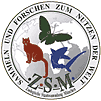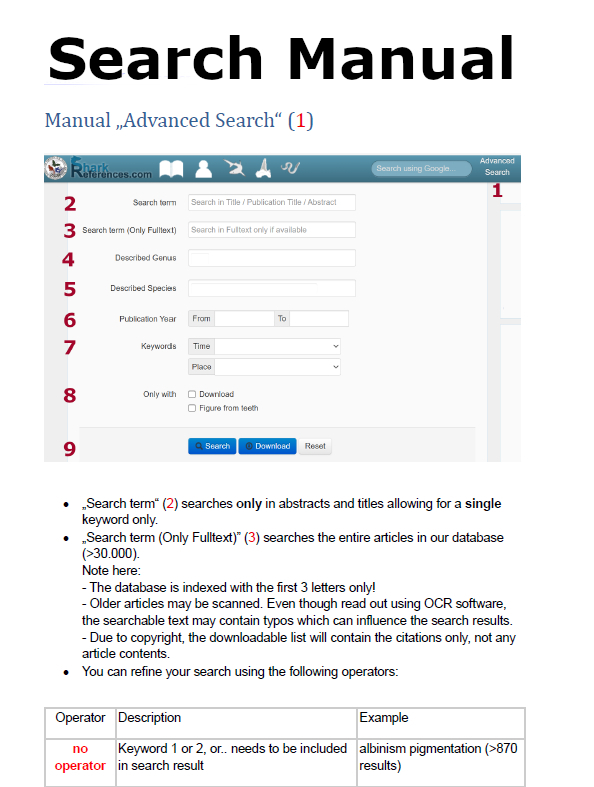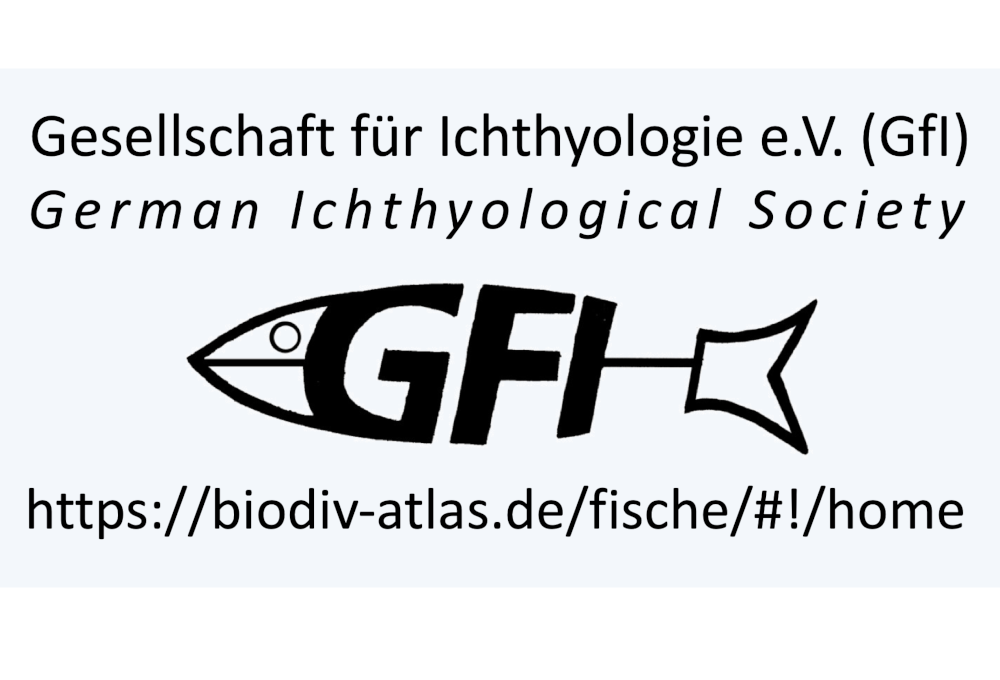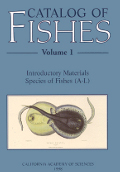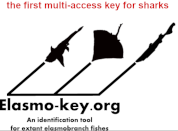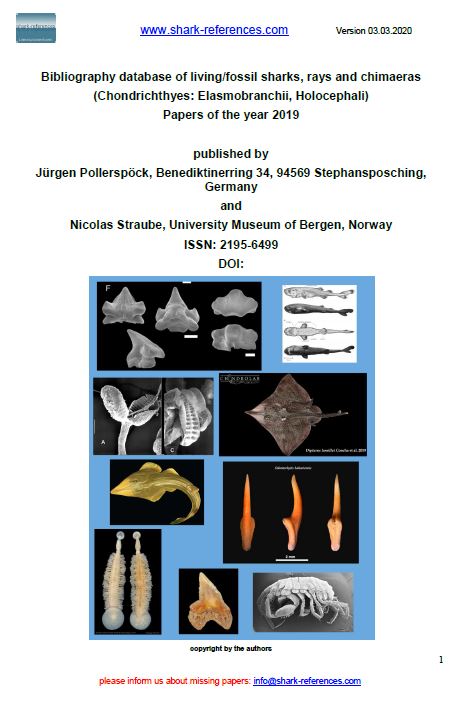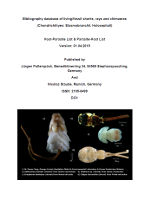
Fossil Elasmobranch Assemblages from the Miocene Morozaki Group, Central Japan. Bulletin of the Mizunami Fossil Museum, 6, 53–64

A deep-sea shark assemblage from the Miocene in southwest of Gunma Prefecture, central Japan and the biogeographical significance. Palaeontological Society of Japan, 81, 24–44
Contribution of Eocene sharks and rays from southern France to the history of deep-sea selachians. Acta Geologica Polonica, 58(2), 257–260

Fossil record and origin of squaliform sharks (Chondrichthyes, Neoselachii). In Gallucci, V.F. & McFarlane, G.A. & Bargmann, G.G. (Eds). Biology and management of dogfish sharks. American Fisheries Society. Bethesda, Maryland: 19–38

Deep-sea elasmobranchs from the late early to middle Miocene (Burdigalian–Langhian) Makino Formation (Awa Group), Japan. Journal of Vertebrate Paleontology, 39(2), Article e1597729
DOI: 10.1080/02724634.2019.1597729

Eocene ichthyofauna of Karaginsky Island (Bering Sea). In Biogeografiya i evolyutsionnye protsessy. Mater. LXVI sess. Paleontol. o-va Ross. Akad. Nauk (Biogeography and Evolutionary Processes. Proc. 66th Sess. Paleontol. Soc. Russ. Acad. Sci.), St. Petersburg: Kartfabrika Vseross. Nauchno-Issled. Geol. Inst., 2020, pp. 261–263.

Bioluminescence and repeated deep-sea colonization shaped the diversification and body size evolution of squaliform sharks. Proceedings of the Royal Society B-Biological Sciences, 292(2042), Article 20242932
DOI: 10.1098/rspb.2024.2932
